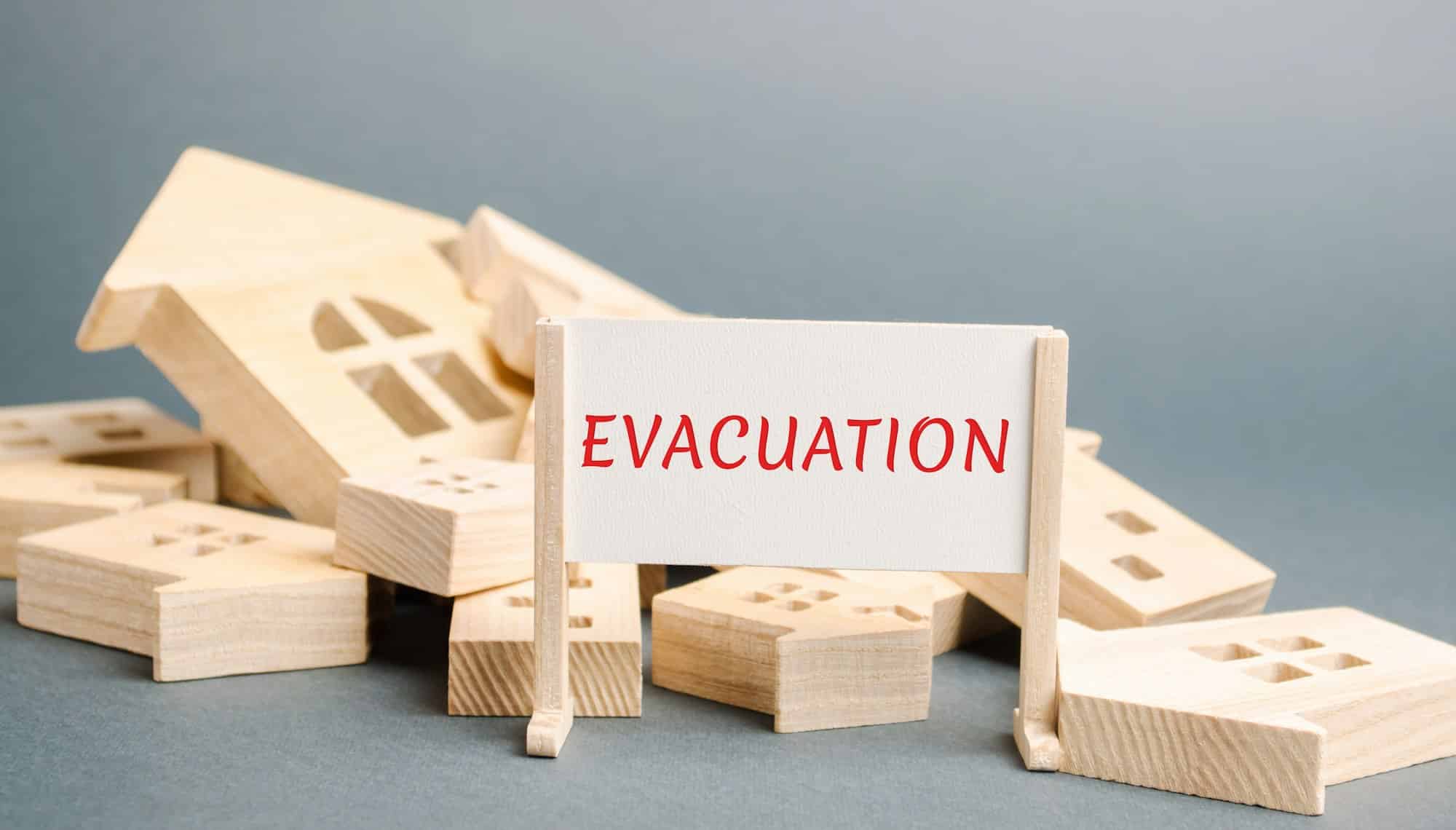In a world where change is the only constant, emergencies can strike at any time, and when they do, are you prepared? Most importantly, are you prepared to protect your pets, your faithful canine companions, in the face of disaster? Amidst the chaos and confusion that typically accompanies emergencies, protecting your dogs can seem daunting, but it doesn’t have to be. With a comprehensive emergency evacuation plan, you can ensure the safety and health of your large breed dogs and give yourself peace of mind.
What Constitutes an Emergency?
Before we dive into the specifics of creating an evacuation plan for your dogs, it’s essential to understand what we mean when we talk about an "emergency." An emergency can be anything from a sudden health issue to natural disasters like fires, floods, or earthquakes. Regardless of the type of emergency, your primary concern should be the safety and well-being of your pets.
Also to read : What Are the Ideal Environmental Enrichment Options for a Solitary Conure?
Creating a Well-Stocked Emergency Kit
One of the first steps in preparing for emergencies is assembling an emergency kit for your large breed dogs. This kit should contain all the essentials your dogs will need in case of a sudden evacuation.
Your emergency kit should, of course, include food and water. Make sure you pack enough to last for at least 72 hours. Remember that large breed dogs require more food and water than their smaller counterparts. Pack collapsible bowls for serving the food and water, and remember to rotate these supplies every few months to ensure they remain fresh.
In the same genre : What’s the Best Approach to Dental Hygiene for Small Breeds Like the Pomeranian?
In addition to food and water, your emergency kit should also include first aid supplies. This should include items like gauze, adhesive tape, tweezers, and an emergency blanket. We also recommend packing a first-aid manual specifically tailored towards pets.
Furthermore, it’s important to include any medications your dogs may need. If your dogs take regular medication, keep a written record of what they take and how often they need it, and make sure you have a supply in your kit. Also, don’t forget to rotate these medications to ensure they don’t expire.
Developing an Evacuation Plan
Having a well-stocked emergency kit is important, but it’s only one piece of the puzzle. You also need a solid evacuation plan. This plan should detail how you will exit your home, where you will go, and how you will care for your dogs in the interim.
The first step in creating an evacuation plan is identifying all possible exits from your home. Remember, in an emergency, your usual exit may not be accessible. Your plan should therefore include multiple exit strategies.
Next, determine where you will go once you’ve exited your home. This might be a predetermined meeting spot, a friend or relative’s home, or a pet-friendly shelter. Make sure to research pet-friendly accommodations in your area, as not all emergency shelters will accept animals.
An essential part of your evacuation plan is ensuring your dogs are easily identifiable. Use a permanent marker to write your last name and contact number on their collars, and consider microchipping them if you haven’t already. This can make it much easier to locate them if you get separated.
Pet CPR and First Aid Training
In an emergency, you may need to act as the first responder for your pets. It’s crucial to learn pet CPR and basic first aid so you can assist your dogs if they’re injured or unresponsive.
There are many resources available to help you learn pet CPR and first aid, including online courses, books, and in-person training sessions. Look for a course that is specifically designed for large breed dogs, as their size can affect the techniques used.
Regular Practice and Updates
A plan is only as good as its execution, which is why it’s essential to practice your evacuation plan regularly and update it as necessary. This includes checking the expiration dates on food, water, and medication, and replacing any expired items.
Additionally, make sure to keep your emergency kit in a place that’s easy to access in a hurry. After all, in the event of an emergency, every second counts.
In conclusion, preparing for an emergency might seem overwhelming, but by taking it one step at a time, you’ll be able to create a comprehensive plan that ensures the safety of your large breed dogs. Remember, an ounce of prevention is worth a pound of cure.
Aiding Your Dogs in Case of Injury
During an emergency, ensuring the safety and health of your large breed dogs may also mean providing them with immediate medical attention in the form of critical care. This could involve stopping bleeding from a wound, performing chest compressions, or even administering medication to alleviate pain.
It’s vital to remember that large breed dogs may require special attention when injuries occur. Their size might necessitate extra care in handling and administering first aid. Therefore, pet owners should familiarize themselves with the specific procedures involved in providing critical care to large dogs. This will not only help you stay calm in an emergency but also increase the likelihood of your pet’s survival.
To better prepare for these situations, consider participating in a pet emergency training program provided by an organization like the Red Cross. This could help you better understand the signs of distress in your dogs and learn the necessary steps to take in case of emergencies. Various online resources can also provide you with the necessary skills to handle pet emergencies effectively.
Emergency Management and Public Health
Emergencies can result in not just immediate dangers but also long-term public health concerns. These might include contaminated food and water supplies, the spread of diseases, or the risk of your dogs coming into contact with dangerous debris or substances.
After a disaster, public health becomes a critical concern for both humans and animals. Make sure your pets are up-to-date on all vaccinations, and keep a copy of their records in your emergency kit. It’s also a good idea to have a week supply of any preventative medications your dogs may take, like heartworm or flea and tick preventatives.
Moreover, consider the impacts of disasters on the environment your dogs live in. For instance, ensuring that your dogs do not ingest contaminated food or water after a disaster is a necessary part of disaster preparedness. Likewise, keeping your dogs away from dangerous debris after a natural disaster is crucial.
Conclusion: The Role of Pet Owners in Emergency Preparedness
The responsibility of protecting our faithful canine companions in the face of disasters falls squarely on the shoulders of us, the pet owners. By investing the time and effort to prepare a comprehensive emergency plan, we’re not only ensuring the safety of our pets but also contributing to our peace of mind in times of uncertainty.
Practices such as assembling a well-stocked emergency kit, developing an exit strategy, and learning about pet-friendly shelters in your area are small but significant steps towards effective emergency management. Additionally, obtaining pet CPR and first aid training can make a big difference in your pet’s survival in a critical situation.
In the end, it’s important to remember that our pets are vulnerable during emergencies and depend on us for their safety. By taking emergency preparedness seriously and making it a regular part of our lives, we can be ready to ensure the well-being of our dogs and other companion animals when disaster strikes.











